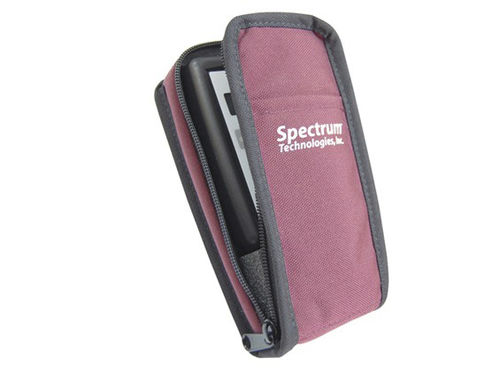LightScout UV Meter
- Monitor critical UV radiation (250-400 nm) with this handheld meter
- Determine UV filtering capacity of greenhouse shades and glass barriers
- Range is 0-200.0 µmol·m-2·s-1 (full sunlight)
Plants can suffer from sunburn; exposure to radiation in the mid-ultraviolet part of the electromagnetic spectrum (UV-B) triggers stress responses, inhibition of photosynthesis and DNA damage. As an initial defense, plants produce and accumulate UV-B-absorbing chemical sunscreens, such as flavonoids and sinapate esters, to block low-dosage UV-B.
A UV meter can help detect if your plants are being exposed to high levels of detrimental UV radiation, and to check the effectiveness of UV filtering materials. In general, a UV meter will measure the quantity of light in the 250-400nm range. Specific meters are also available for individual UV ranges.
UV-C light (200-280nm) can kill your plants. Fortunately, it is absorbed by ozone in the stratosphere.
UV-B light (280-315nm) is harmful as well and can cause plant color to fade.
UV-A light can be subdivided into two bands. The 315-380nm band has no effect on plant growth, while the 380-400nm band begins the range for photosynthesis.)
| Accuracy | ±5% |
|---|---|
| Cosine Correction | ±3% at 45°, and ±7% at 80° |









